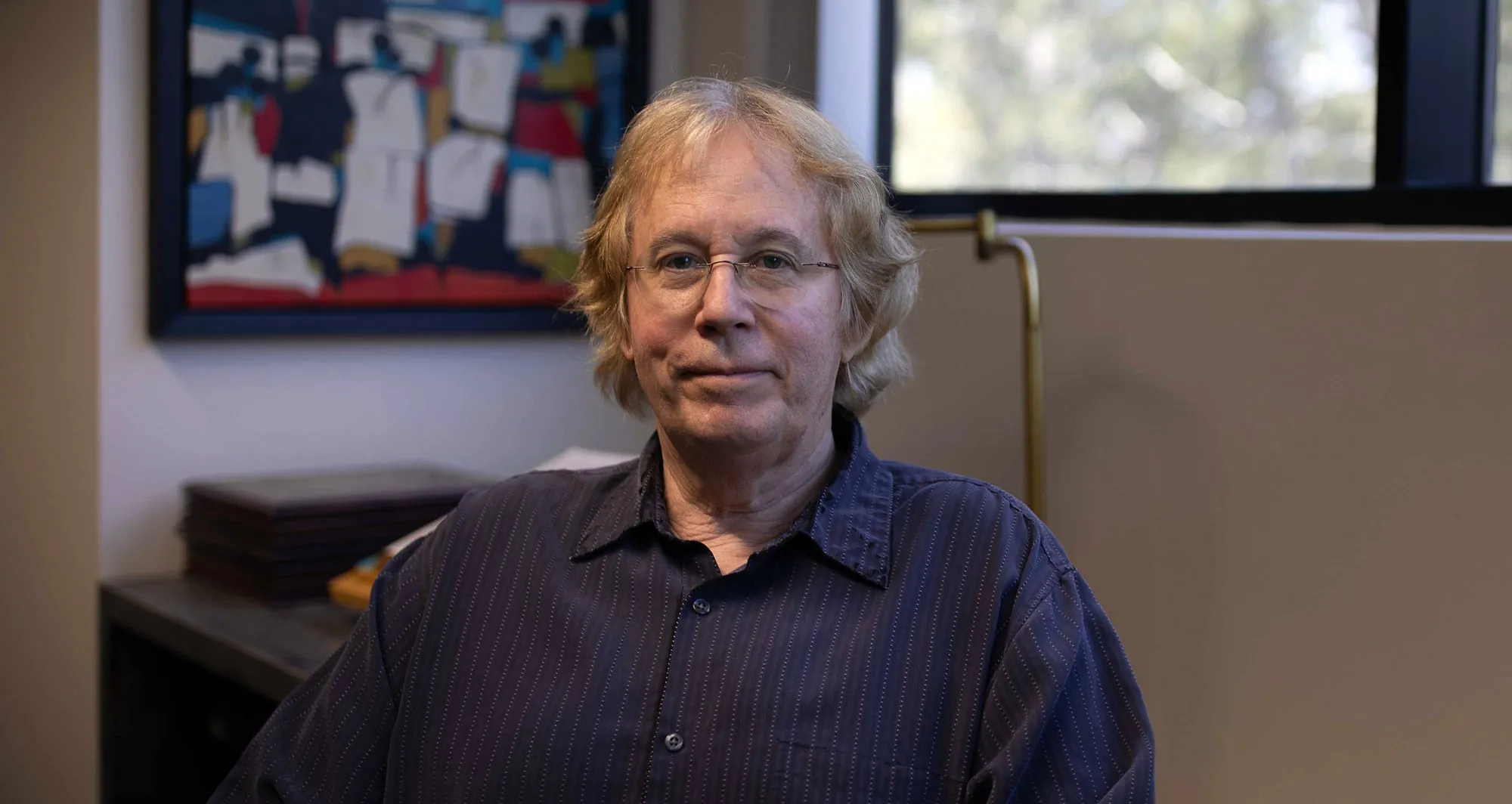The Sanford Burnham Prebys scientist discussed the Cre-loxP recombination system, which continues to be a mainstay genetic engineering technology.
“Techniques come and go with new technology, it’s just like night and day.” said Jamey Marth, PhD, professor and director of the Immunity and Pathogenesis Program at Sanford Burnham Prebys during his interview with The Scientist regarding his lab’s contributions to a genetic engineering technique that has stood the test of time.
“So, when you have a technique that’s lasted 30 years with no replacement technology, I think that’s kind of remarkable.”
Marth was interviewed about the Cre-loxP recombination system, which acts as a molecular genetic editor for controlling mutations in the genome. It was initially investigated by Drs. Nat Sternberg and Brian Sauer in the 1980s in tests to manipulate the genes of yeast and mammalian cells.
Marth wanted to use the technique for conditional mutagenesis in animal studies that would enable temporal and cell-type specific genetic models to better investigate biological systems and more effectively model human diseases. He and his team advanced the Cre-loxP system for use in laboratory mice and demonstrated the ability to efficiently delete DNA sequences in specific T cells in 1992.
The Cre-loxP recombination system continues to be a mainstay technology today and some scientists are exploring ways to combine it with the clustered regularly interspaced short palindromic repeats (CRISPR) and CRISPR-associated nuclease, Cas9, to gain the advantages of both genetic engineering techniques.


